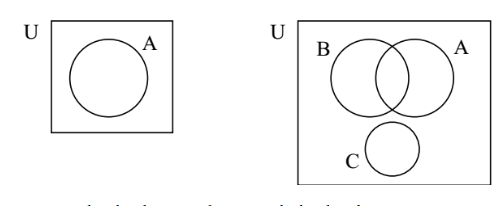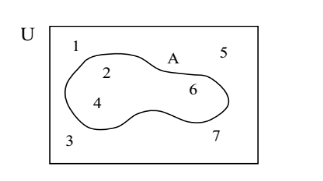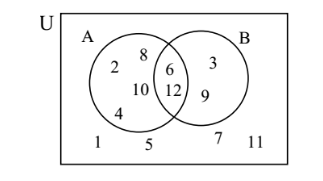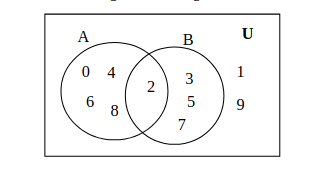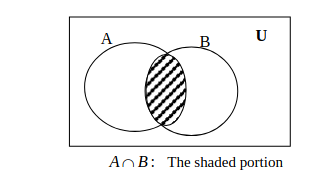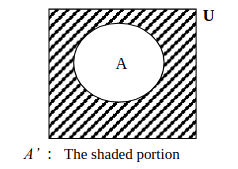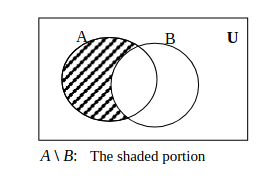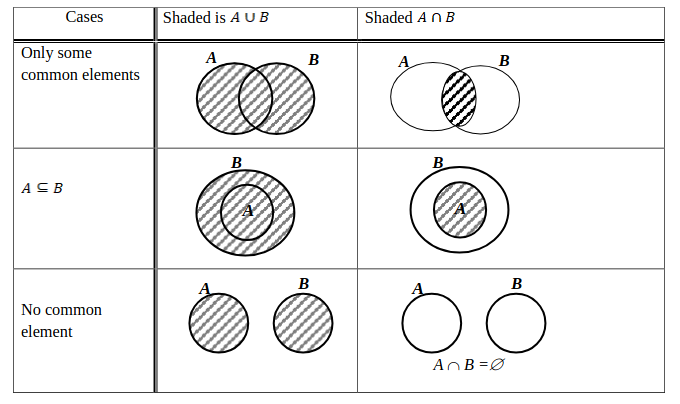Let \(U=\left\{ 1,2,...,10\right\},\,A=\left\{ 3,5,6,8,10\right\},\, B=\left\{ 1,2,4,5,8,9\right\},\, C=\left\{ 1,2,3,4,5,6,8\right\} \text{ and } D=\left\{ 2,3,5,7,8,9\right\}.\) Verify each of the following.
-
\(\displaystyle \left ( A\cup B \right )\cup C=A\cup \left ( B\cup C \right ).\)
-
\(\displaystyle A\cap \left ( B\cup C\cup D \right )=\left ( A\cap B \right )\cup \left ( A\cap C \right )\cup \left ( A\cap D \right ).\)
-
\(\displaystyle \left ( A\cap B\cap C\cap D \right )'= A '\cup B' \cup C' \cup D' .\)
-
\(\displaystyle C-D=C\cap D'.\)
-
\(\displaystyle A\cap \left ( B\cap C \right )'=\left ( A-B \right )\cup \left ( A-C \right ).\)
